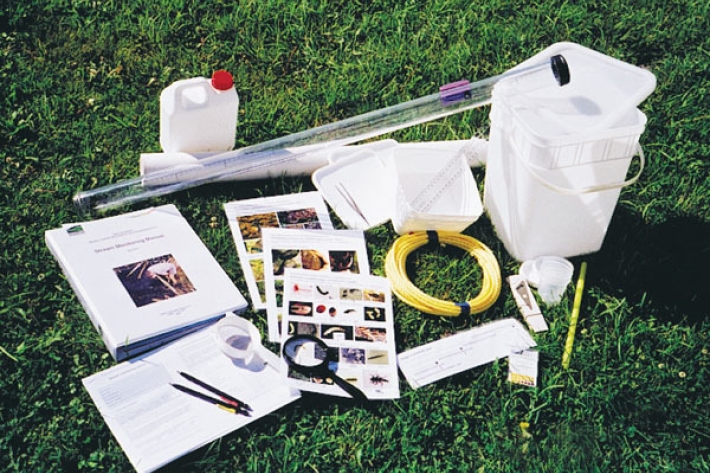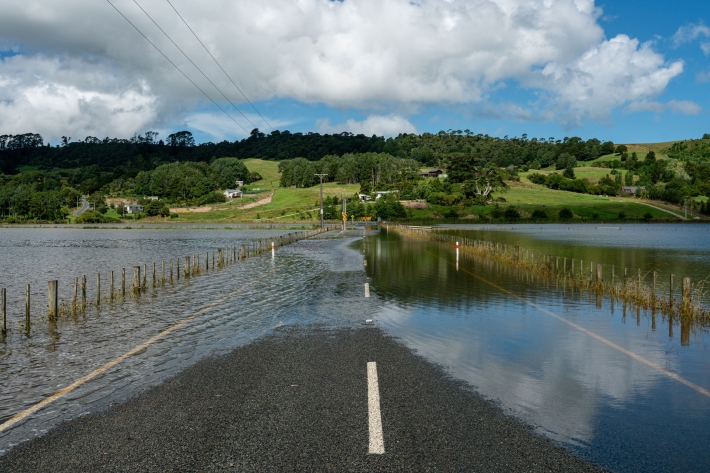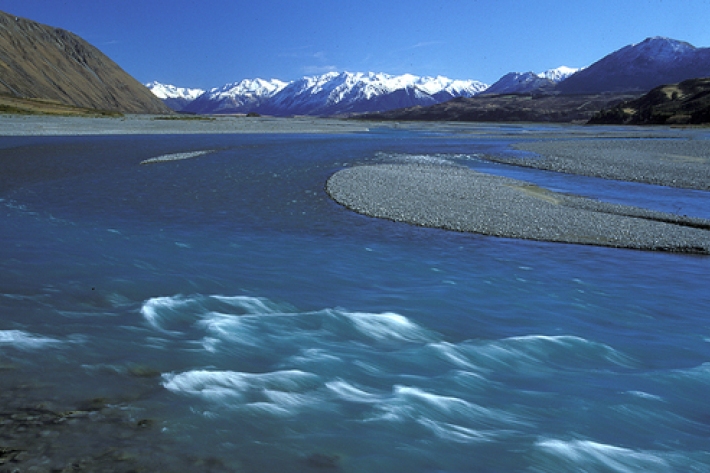-

Stream Health Monitoring and Assessment Kit
ServiceHow healthy is your stream? SHMAK - the New Zealand Stream Health Monitoring and Assessment Kit - has been designed to help you find out. -

Toitoi
One of the most common species of freshwater fish in Aotearoa is the common bully or toitoi. -

Mussels: more, fresher, better
Feature story06 June 2017The seafood counter at your local supermarket has changed. -

Impacts of water dams
What are the impacts of water dams on water quality and mahinga kai? -

Multibeam swath system
Hull-mounted on the RV Tangaroa, the EM302 multibeam echosounder maps the seafloor using a fan of 288 acoustic beams, producing up to 864 soundings per ping in dual swath mode, providing 100% coverage of the seabed. -

Flooding - how does it happen?
Education ResourceUnderstanding what happens above and below ground during a flooding event, and how it is different from normal rainfall conditions -

Mitigation and best practice options
Some simple steps to minimise the effects of aquaculture activities on water quality and mahinga kai. -

New Zealand's Marine Realm
News article06 June 2017NIWA has transformed 1.5 million square kilometres of data into the most accurate and detailed map yet of the land underneath the sea around New Zealand. -

Mitigation and best practice options
Some simple steps to minimise the effects of wastewater on water quality and mahinga kai. -

Common hydrological terms
Education ResourceDescriptions of the common terms that explain the processes that occur in hydrology.
